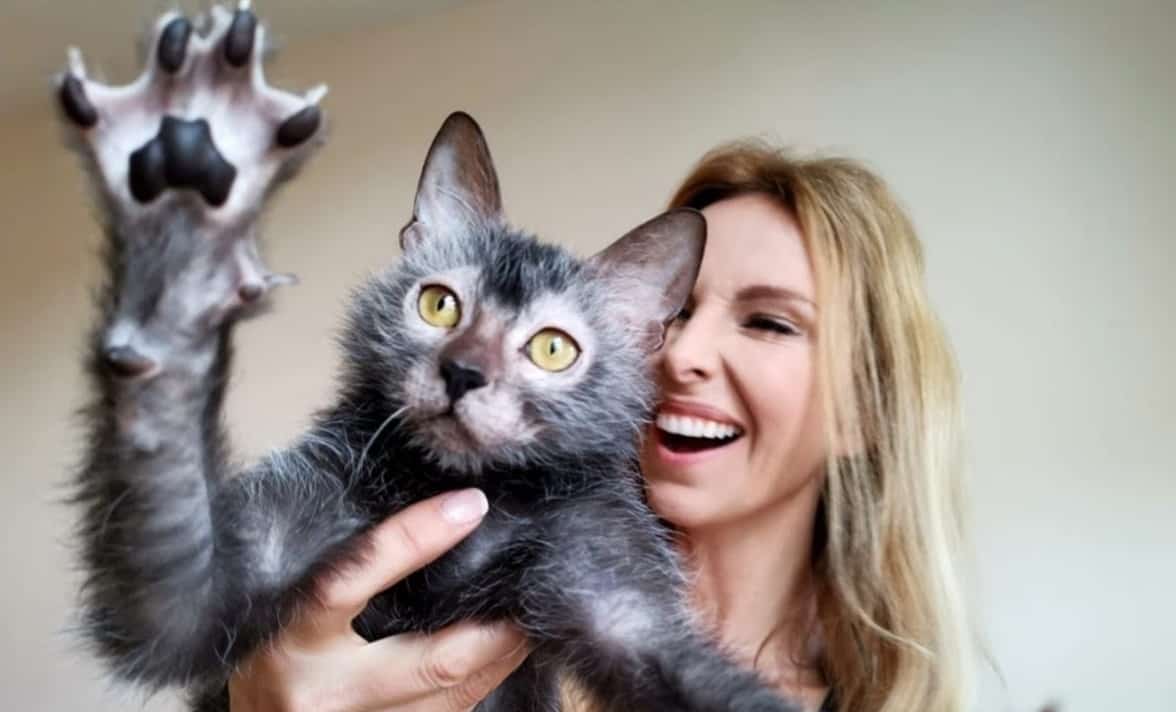Lykoi cats are a rare breed, as evidenced by their amazingly impressive appearance. They have a unique coat covering some parts of their body and making them look like miniature werewolves.
The shape of their face and eyes reinforces this appearance, even justifying the breed’s name – Lykoi, meaning ‘wolf’ in Greek’.
But where did these cats come from?
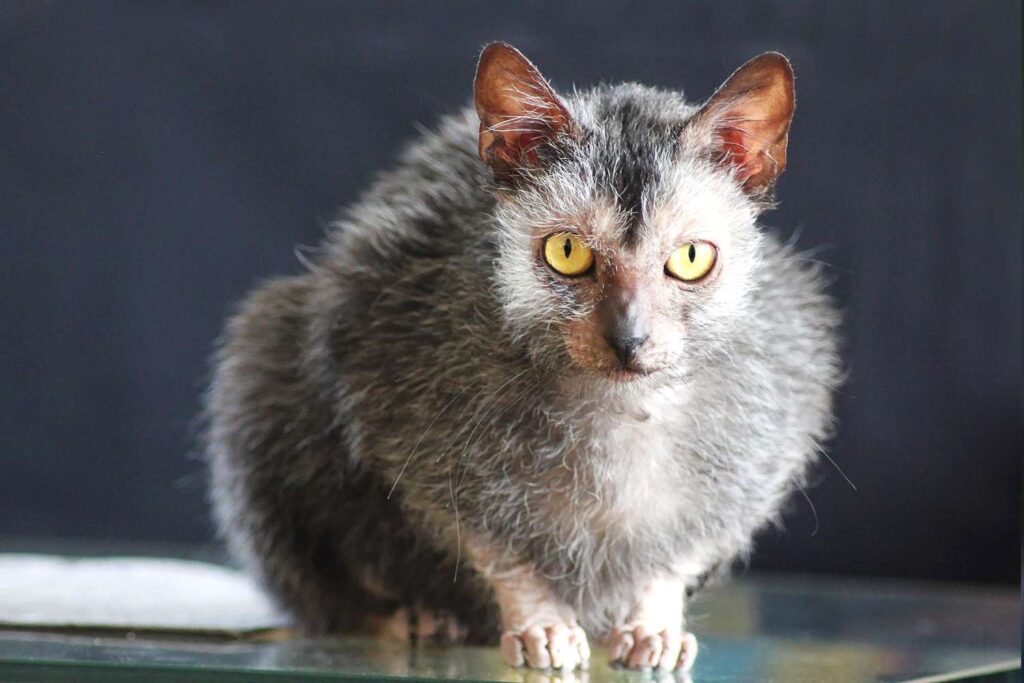
The Lykoi began their journey around 2010 to 2011. The first “wolf-cat” was born in a feral cat colony in the United States, due to a natural mutation that occurred among the cats.
Some breeders looked into these cats and were beginning to experiment with breeding them. Since then they have interbred with many breeds of cats.
What have they achieved over the years?
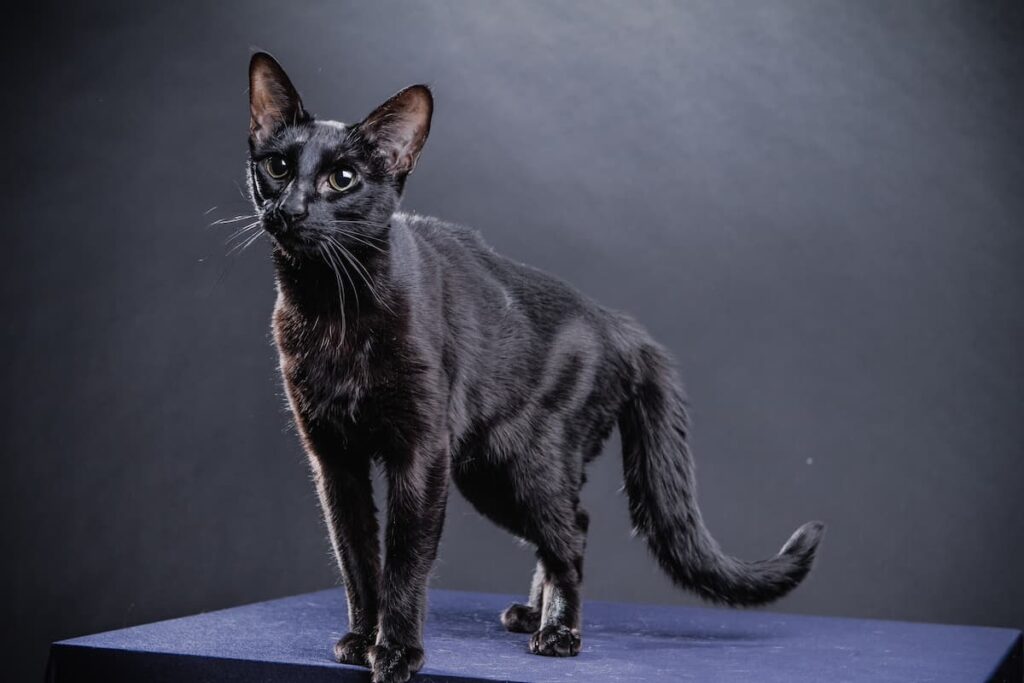
Since their appearance, Lykoi cats have achieved various achievements that set them apart from other cat breeds, but also highlight their uniqueness. First of all, this particular breed were all strays, from shelters or feral cat colonies.
Their appearance is due to a natural mutation and their gene has been recorded all over the world. In fact, 17 cats with this mutation were integrated into the breeding program.
This gave them the nickname “second chance cats”, as they all started their journey after being rescued and might not have survived without the intervention of humans. Unfortunately, those who abandoned them did not understand their uniqueness and rarity.
They have received many grants to have their DNA, skin and fur researched in depth.
Another achievement is that since 2016 they can participate in cat competitions, just like any other cat breed.
So another hurdle was overcome and it was recognised as an official cat breed, which is quite a feat considering how they got their start.
A few things about their appearance
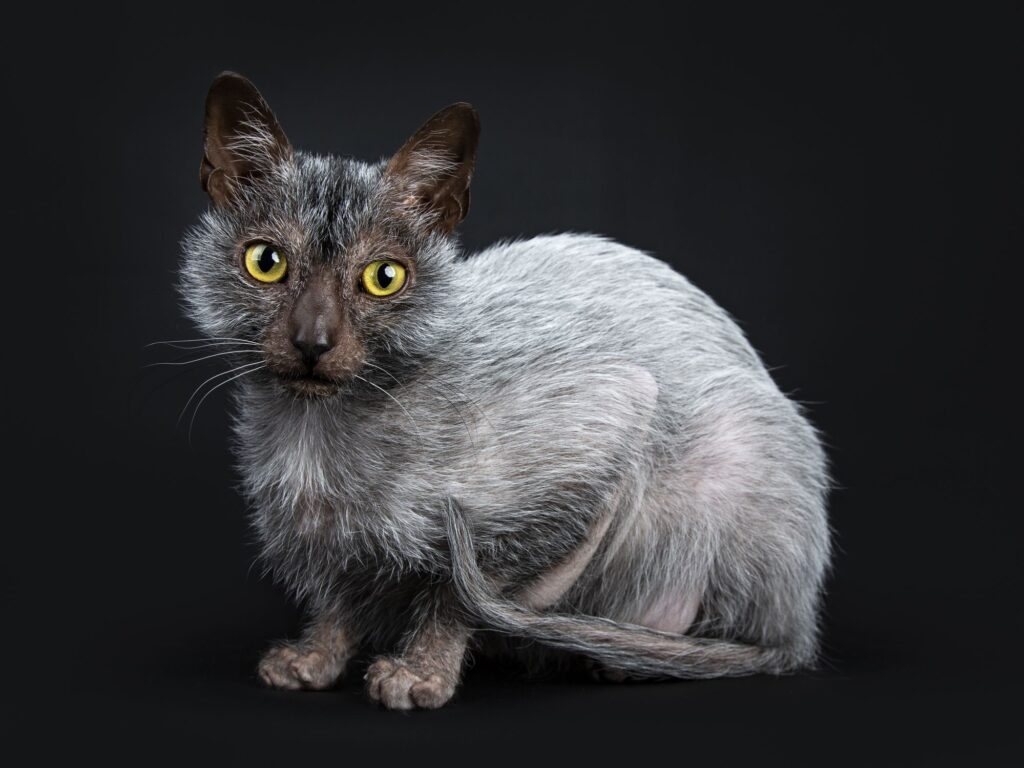
The appearance of the cat is something between a werewolf and a Sphynx cat. They are medium-sized, with a thin muscular body, a wedge-shaped head, and a bare patch of hair on their face that makes thei appear to be wearing a mask.
Some Lykoi cats still remain hairless and for this reason many may confuse them with Sphynx, although the two are not genetically related.
Their coat is generally very short and relatively soft despite its odd appearance. They usually have black and gray coat color.
Their eyes are almost round and amber or green in color.
Despite their almost hairless body, they are not considered a hypoallergenic breed, so if someone has an allergy in cats, it will certainly have in Lykoi as well. Kittens are born with hair, but they begin to lose it at about 2 weeks of age. Some shed all their fur, although they may grow hair again shortly afterwards.
Personality
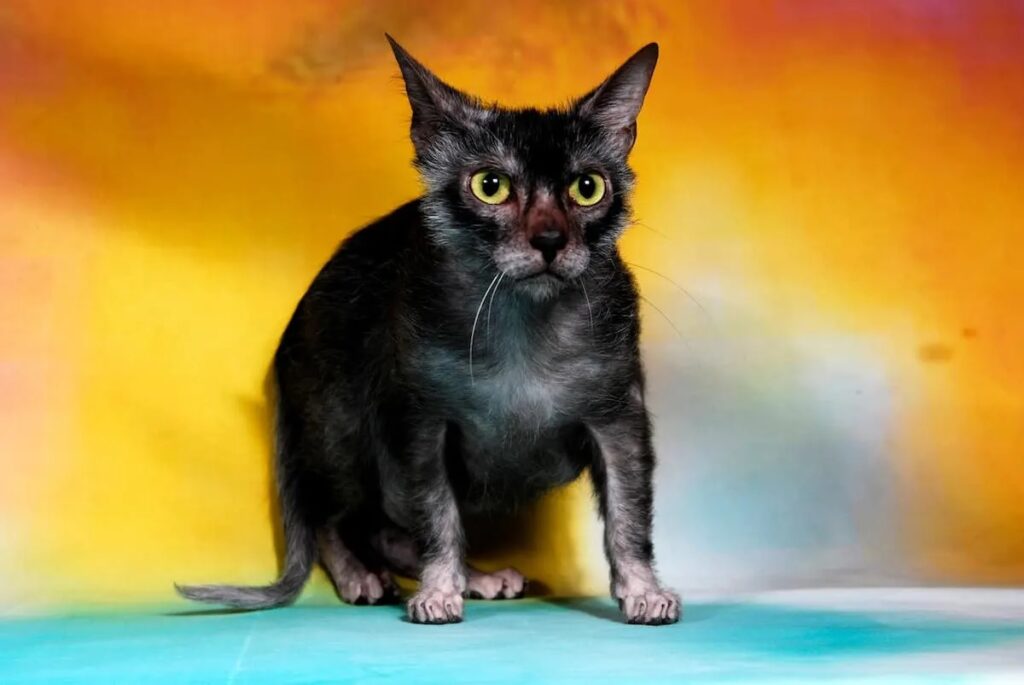
In general, Lykoi cats are very pleasant, versatile and get along very well with people, other cats or even dogs. They are quite playful, but they also need personal space and time in their day.
They are generally sociable, although they can sometimes seem aloof until they meet and get used to a new member of the family.
Once they love and bond with their guardian, they will be loyal to them forever.
Care
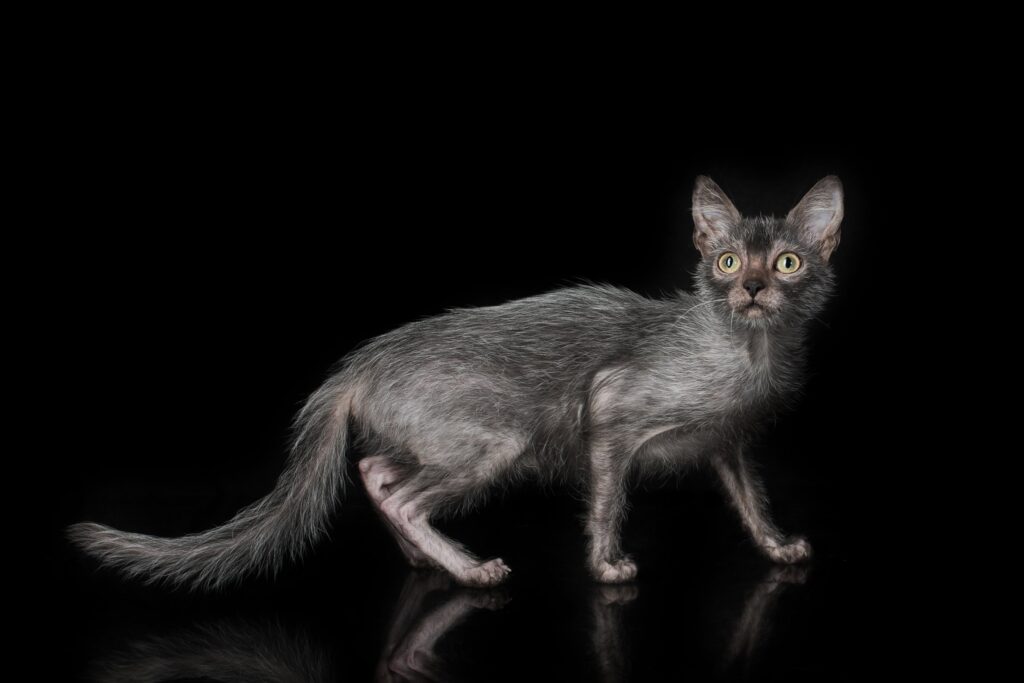
It is good that these cats stay indoors as they are very sensitive due to their fur. In the summer they should not sit for hours in the sun because they can get a burn, and in the winter they need a warm blanket to lie on since they get colder than other cat breeds.
Final thoughts

Their appearance may be a conversation starter, but once you get to know them better, you’re sure to love them because of their sweet and fun personalities. Like all animals, Lykoi cats deserve a warm hug and undivided love from their guardian.
Source: Greek City Times

